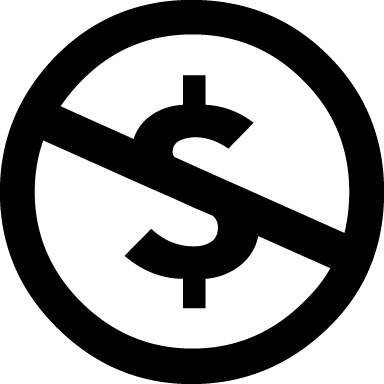Options with Final Project
For more information on Intellectual Property and Patent, you can read more from WIPO
For more information on CC License, you can read more from Creative
Commons Organization
Intellectual Property
Intellectual Property provides a way to secure the rights of creations and inventions. The concepts
started developing from Paris Convention(1883), and Berne Convention(1886) under Swiss Federal
Government, later discussion came under UN, As a specialized agency under UN which in charge of
'protecting Intellectual Property', World Intellectual Property Organization(WIPO) which established
since July 14, 1967(Stockholm) and executed since 1970. The concepts of intellectual Property keeps
developed later on such as from Geneva Treaty.
- There are several categories and areas
- Copyrights: literary, artistic and scientific works
- website can be considered as copyrights
- Related rights (rights related to copyrights): The areas mentioned as performances of performing artists, phonograms and broadcasts
- videos come under motion picture works
- Intellectual Property: inventions, industrial designs, (industrial Property) trademarks, service marks and commercial names and designations;
- protection against unfair competition constitues Industrial area of intellectual property.
- Scientific discoveries
Patent
- The patent is exclusive rights given to an invention.
products and process.
- Patents need to be issued by countries.
- It grants a right not to be exploited(made, used, sold) other than the owner of the patent unless one would agree. It affects only one who owns a patent raise a voice. The duration of this right is generally 20 years.
- Patentability of the invention consist of patentable subject matter, utility/usefulness (industrially applicability), novelty (new), non-obvious (should exhibit a sufficient “inventive step”), and sufficient disclosure of the application. - Excerpted and summarized from 'WIPO PROPERTY HANDBOOK'
I concluded that getting a patent is not applicable in my case because my final case is not meant for the industrial applications. (I guess it is not specific enough).
My choice: CC Licensing

Licenses varies according to 4 conditions.
 Attribution(mandatory), you
will be credited by others who want to use your work in your wished way, if not they will at
least ask you how to.
Attribution(mandatory), you
will be credited by others who want to use your work in your wished way, if not they will at
least ask you how to.
 NoDerivs, do you allow
other people to modify your original work?
NoDerivs, do you allow
other people to modify your original work?
 ShareAlike, will modified
work also carry same terms as you set?
ShareAlike, will modified
work also carry same terms as you set?
 NonCommercial, do you let
your, and modified works to be used commercial use?
NonCommercial, do you let
your, and modified works to be used commercial use?
Below is a video explanation about Creative commons
Reason Why
From outside of the scope of CC, when it compared to other opportunities, let's say with a patent,
it is a hard and time-consuming process to set up and it also differs from country to country.
I also have a feeling that getting a patent might be unusual in such an open minded community as a
maker-society.
Anyway, I'm trying to build upon what has been already there in maker's society, and getting a lot
of help from the community.
So I would stick with the Creative Common License which enables others to share and use my project
as long as they credit me as the designer for it.
Which sounds fair to me. And of course, it should stay free(non-commercial).
I have also decided to extend the license further to my website :)
Distribution Options
It seems a good idea to put the project up on Kickstarter
and see if others do like it.
It also shows me before I invest to much time into mass producing it if there is even a consumer
base for this product.
And rumors say you only need to have a fancy video to be successful on Kickstarter ;P
Or I could just upload detailed information on my project on Instructables, so that anyone who wants the same
thing could also get helped.